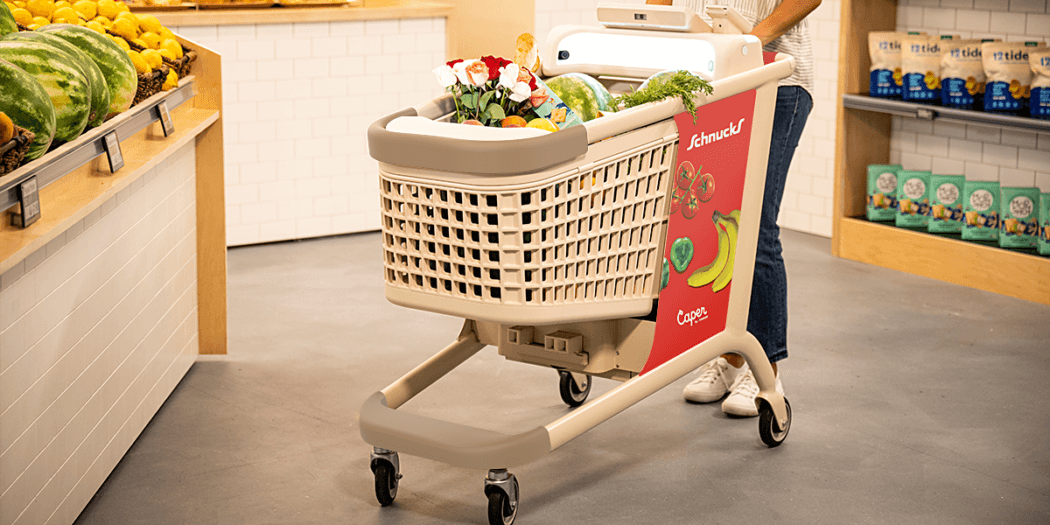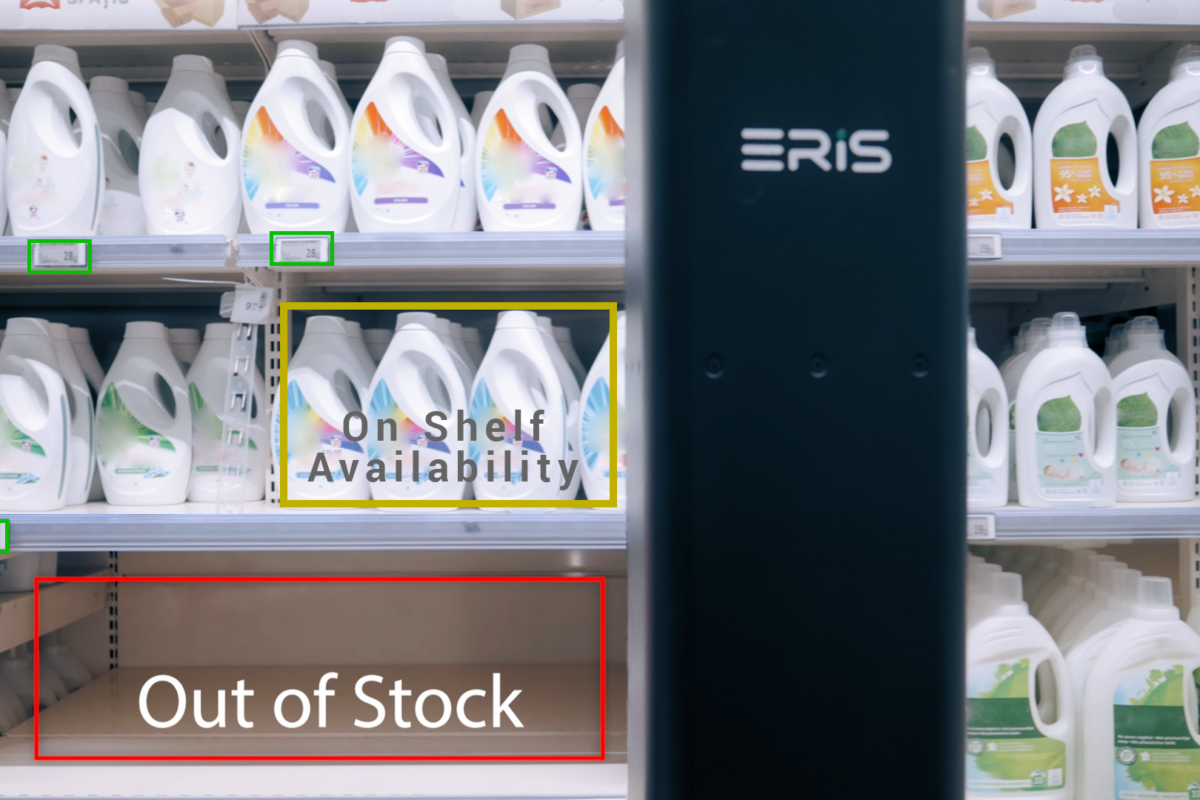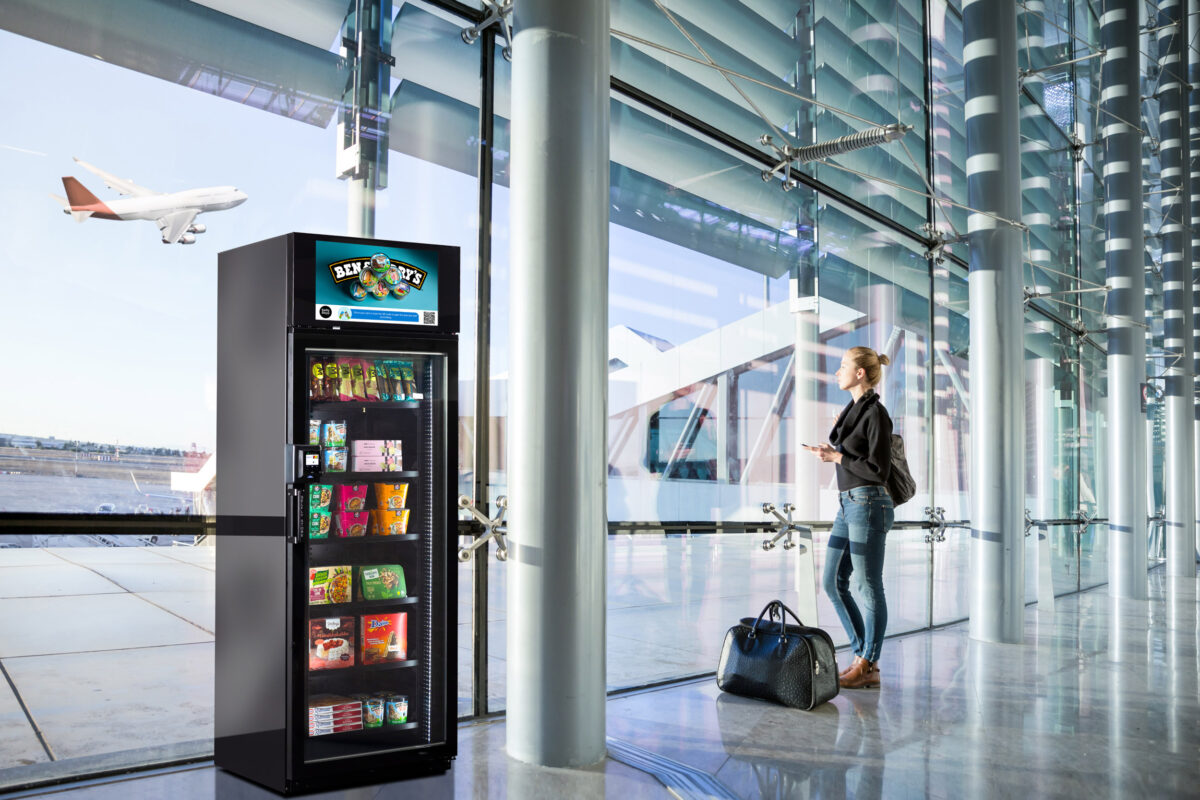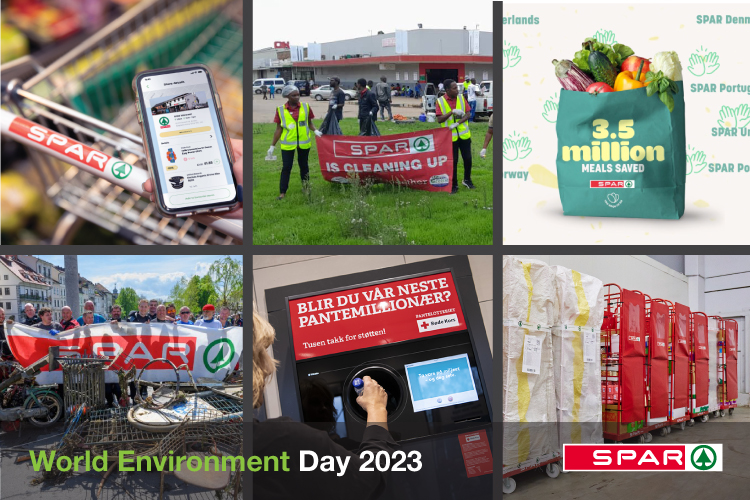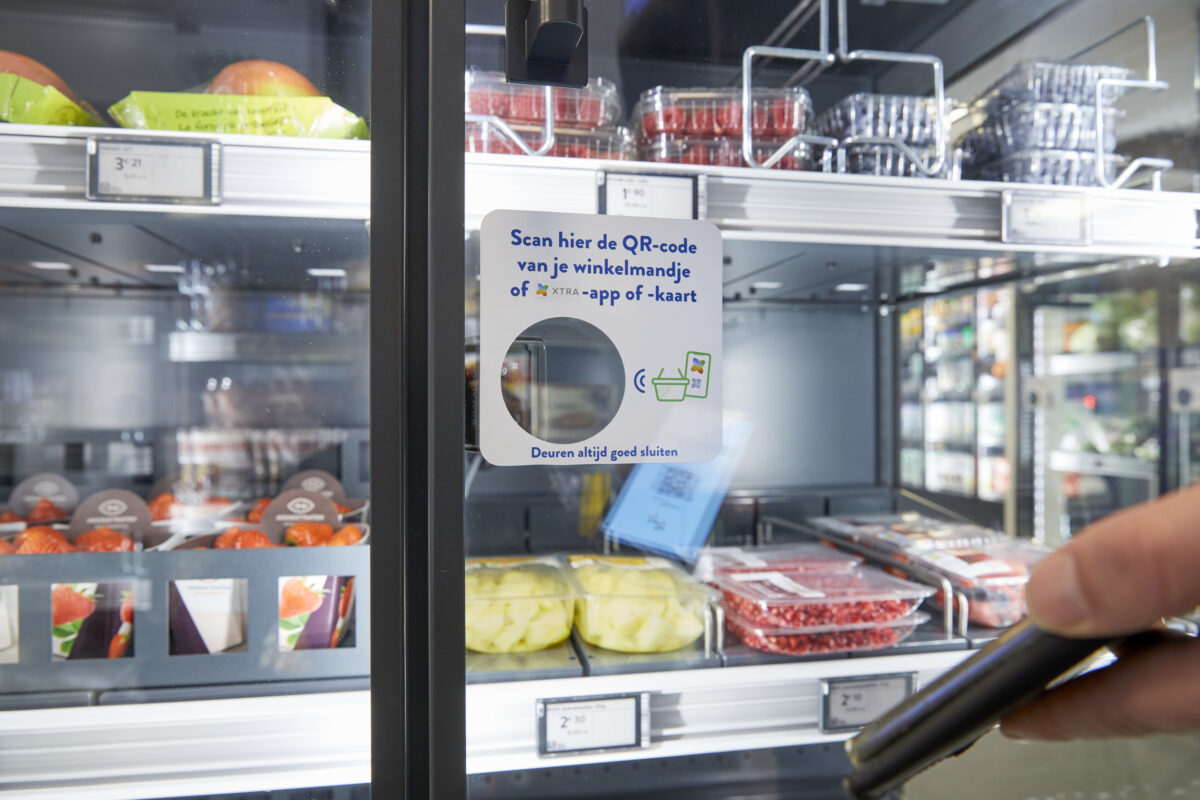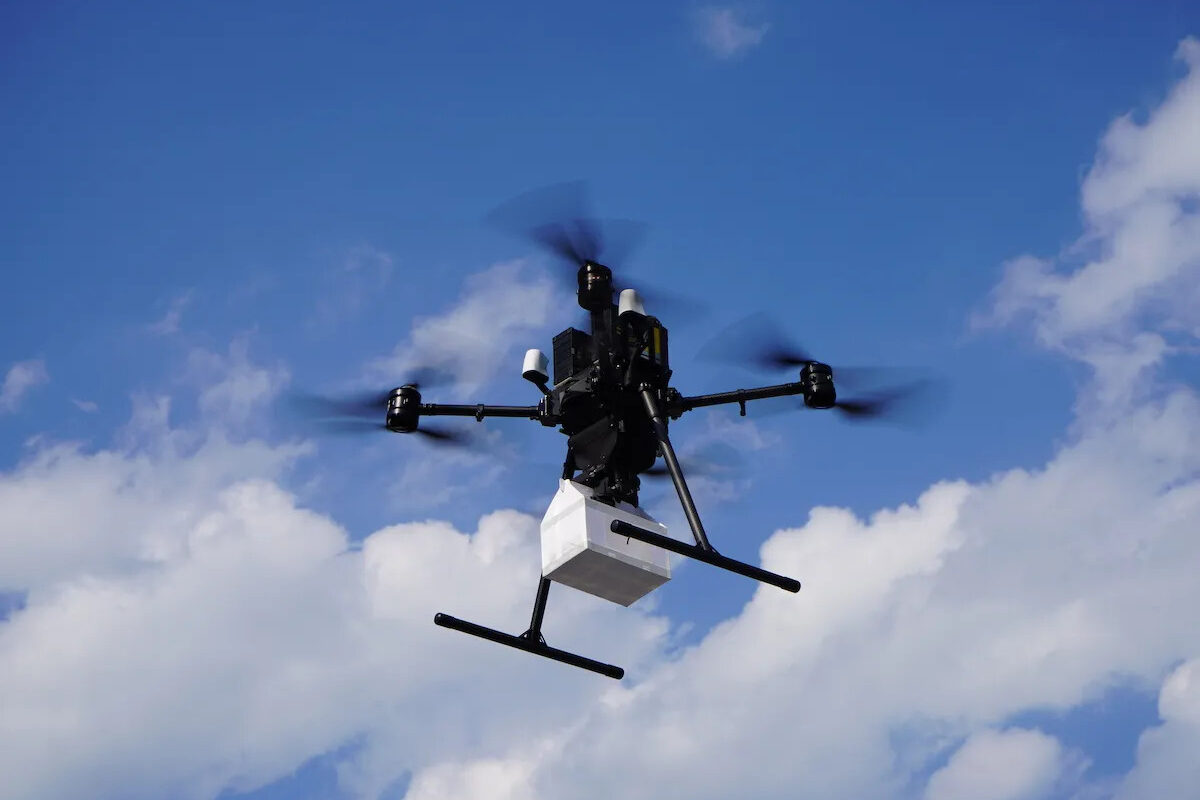Promising staff-free store concepts
by Julia Pott (exclusively for EuroCIS.mag)

Prof. Dr. Stephan Rüschen is Professor of Food Retailing at the Baden-Württemberg Cooperative State University in Heilbronn // © Stephan Rüschen
While stores with no (sales) staff sounded like science fiction just a few short years ago, they are now fast becoming a reality. Even though smart stores are not yet the new retail norm across the board, they are moving away from being sporadic, mere testing locations and pilot projects.
Prof. Dr. Stephan Rüschen, Professor of Food Retailing at the Baden-Württemberg Cooperative State University (DHBW) in Heilbronn, and a team of students analyzed smart store concepts in Europe and published the white paper titled “Smart Stores 24/7 – Status Quo und Ausblick” (English: Smart Stores 24/7 – Status Quo and Outlook).
Similarities and differences in staff-free store concepts
While there are numerous smart store concepts, Professor Rüschen and his students identified several shared characteristics as part of their market research: automation in this setting means that stores operate 24/7 with no staff as it pertains to regular forms of sales transactions. Usually, the retail space is very compact. To shop at these stores, customers are typically required to register to enable cashless payment.
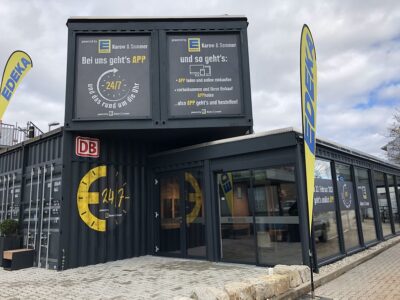
E 24/7 food market by Edeka and Deutsche Bahn at Renningen station // © Deutsche Bahn
But that’s where the similarities end. Staff-free stores come in a variety of different business models. Some shops are geared toward rural areas, while others target city centers. Several models are in hubs such as busy train stations or located near major freeway interchanges or service customers on factory or university premises, in residential neighborhoods or industrial parks.
What makes staff-free store concepts successful?
As any retailer knows, the biggest cost of doing business is often labor. The concepts have in common “that they try to be profitable with staff-free concepts in places where it makes no business sense to operate staffed stores,” Professor Rüschen observed. Stores with employees are often unsuccessful if there aren’t enough potential customers or their number fluctuates drastically, which ultimately leads to a lack of shopping options. “Stores such as ‘Tante Enso’ and ‘Emmas Tag und Nacht Markt’ thus plan to close supply gaps in rural areas.”

Auf-Laden Kreisler is a self-sufficient charging point with self-produced green electricity for e-vehicles near a highway in southern Styria. At the same time, the fully automated vending machine offers local and regional products // © Kreisler
Rüschen points out the advantage of rural areas: Although there is a decrease in purchase frequency, rent is more affordable. “Rural communities can also fund and support these types of options.”
But location isn’t everything. “At certain times of day, train stations, airports or universities can become high-frequency destinations.” Some places also see greater demand on Sundays or at night. “While most businesses say it’s unrealistic to expect big sales at three o’clock in the morning, they can still use this option to offer attractive 24/7 service and support to their customers, “ Rüschen explains.
A variety of concepts: Grab & Go, self-checkout kiosks, and vending machines
Their analysis netted Professor Rüschen and his students several broad categories into which the smart store concepts can be divided into:
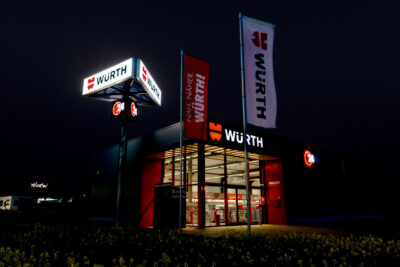
Craftspeople can also shop outside opening hours at Würth24 branches. Registered customers can access the store via app, have their items scanned automatically on the checkout belt and receive an invoice afterwards // © Würth
- Grab & Go shops, made popular by Amazon Go, where customers – typically after a check-in process – enter a store, grab what they want, and walk out again without standing in line at a checkout lane. Payment is made via an app.
- Staff-free stores with self-checkout option also welcome shoppers to walk in, but in this case, customers must typically scan barcodes of items they want to buy using an app on their phone and pay for their purchases at a self-checkout kiosk.
- Classic vending machine are independent entities that dispense requested or ordered items to consumers.
The real-life examples depict varying degrees of retail automation and hybrid solutions.
Most stores in this setting offer grocery and conveniences items. Meanwhile, everyday commodities including drugstore items are yet another conceivable option. “To date, we have not seen a 24/7 concept used by retailers such as dm drogerie markt, Müller, Rossmann or other similar startups that sell drugstore products. But this is definitely a setting that lends itself to this option”, says Rüschen: “I believe customers tend to have more urgent needs of products for immediate or almost immediate consumption. At this point, delivery times for non-food items are getting shorter to where service providers don’t necessarily see a need to force the issue. But this doesn’t mean there aren’t niches where satisfying these specific market needs makes total business sense.”
To illustrate his point, Rüschen refers to the Würth24 B2B shop.
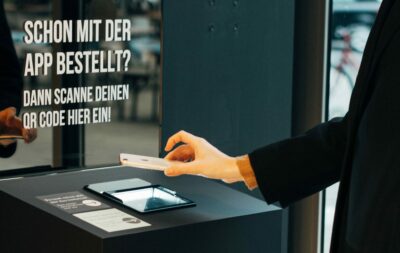
Using the TYPY Store in the Media Harbor Düsseldorf by ordering via the app // © TYPY
The future of smart stores
If automated retail concepts help save labor costs and the technology is becoming increasingly reliable and more affordable, will smart stores ultimately replace shops with employees? Professor Rüschen believes this is unlikely to happen over the next ten years.
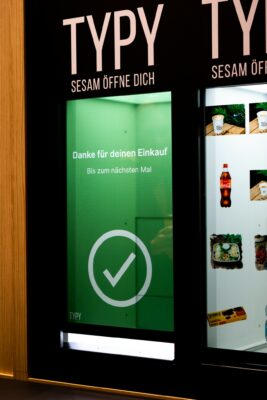
© TYPY
Prof. Rüschen: “I can see retailers adding vending machine concepts like the TYPY Store to their stores to offer their customers a basic assortment of groceries outside the official opening hours. The system uses robotics in the background to pick the products.”
Rüschen predicts “that store concepts with and without sales associates will complement each other in the future.” For example, a supermarket might want to install a vending machine that offers a select range of products outside of the usual business hours. “Having said that, I simply cannot imagine how most retailers would be able to operate a 3000 square meters (30,000 square feet) supermarket or discount store entirely without staff. Retail theft detection alone is a big issue and major obstacle in this setting. An AI-driven automated product recognition model is difficult to implement when it comes to a large and constantly changing assortment of merchandise. The system must be ‘trained’ for each new item. I don’t think it’s worth the effort.” However, Rüschen is confident that self-scanning will continue to gain a foothold in brick-and-mortar supermarkets.
Interested in experiencing the latest Smart Store solutions for the retail sector? Technologies for Connected Retail and Seamless Stores are two of the HOT TOPICS you should not miss at EuroCIS 2022.






